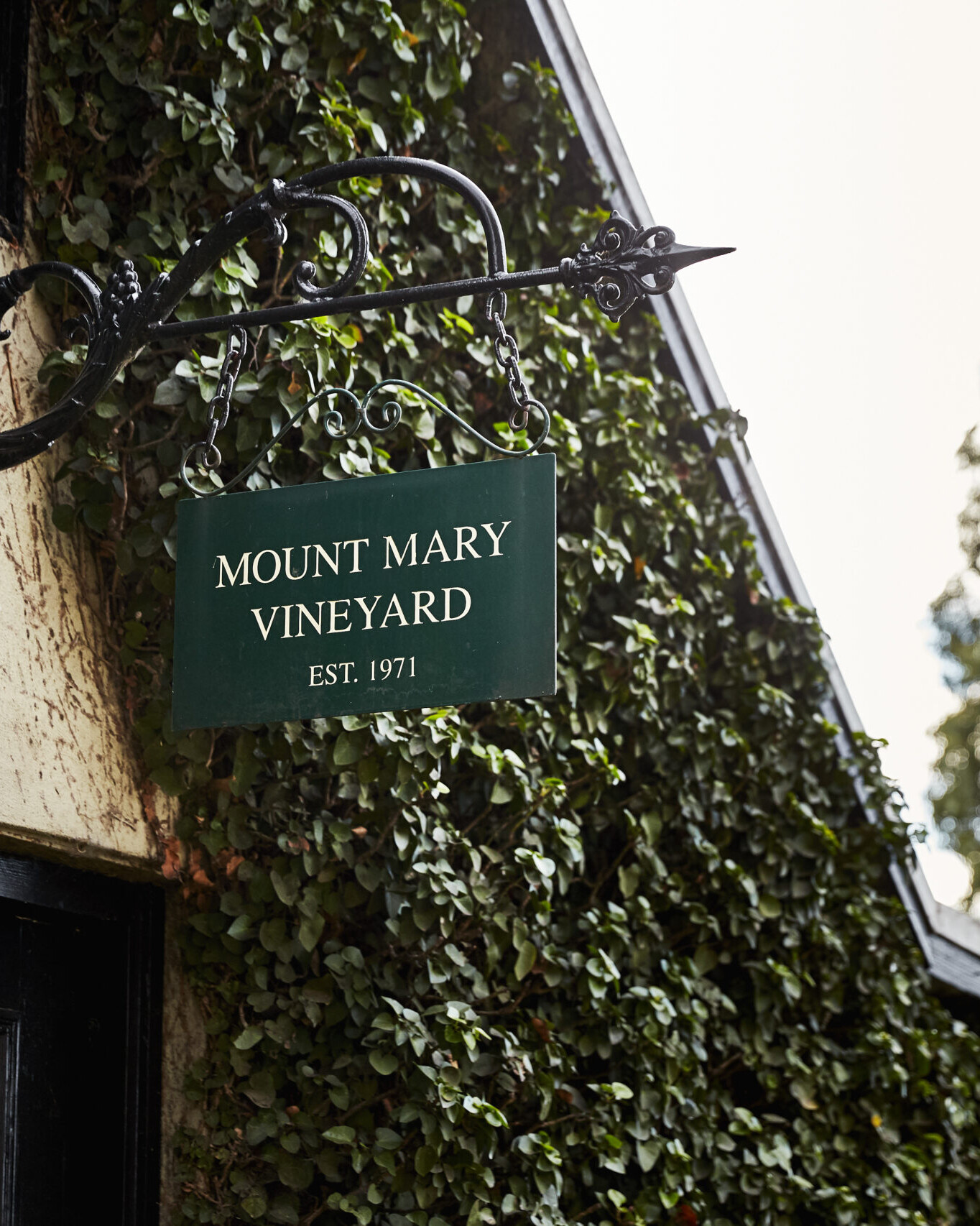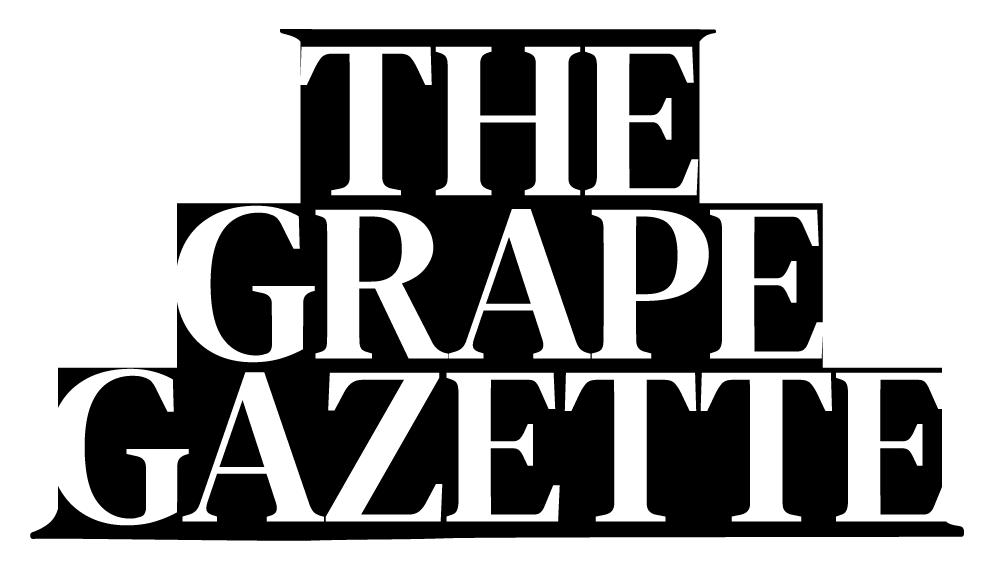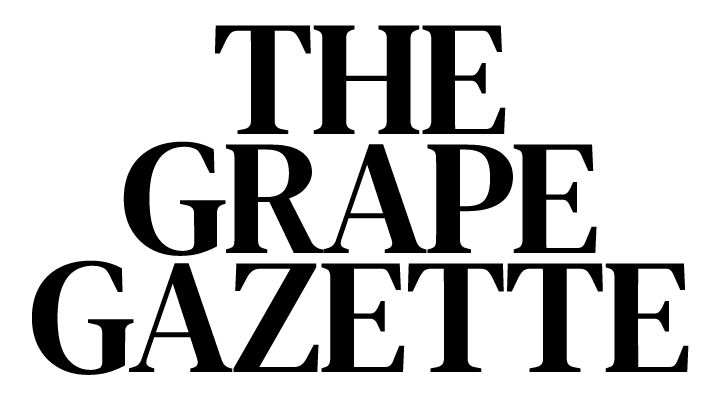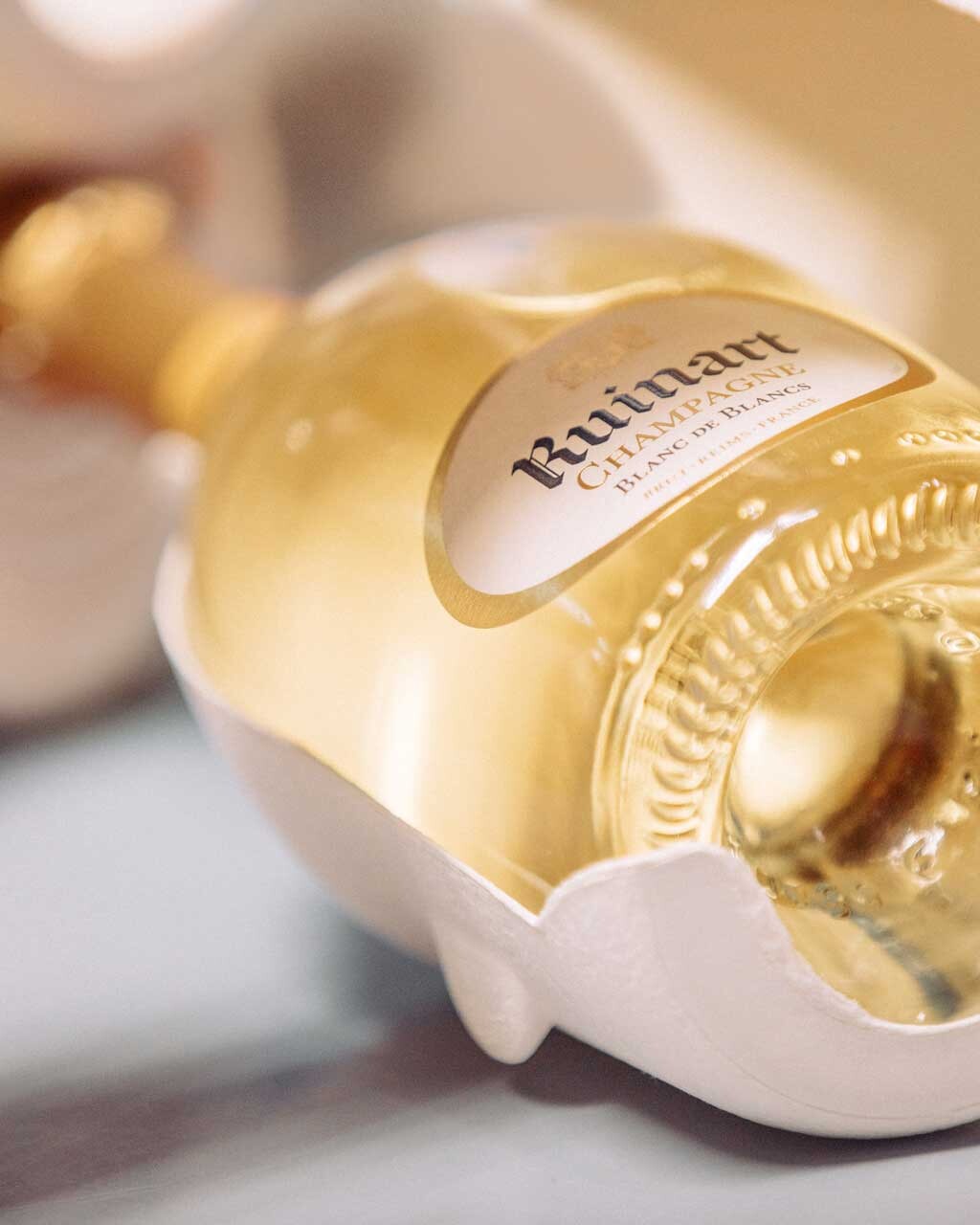When it comes to wine and champagne, size can matter more than you’d think. Sure, we’re all used to the standard 750ml bottle, but venture into the realm of larger bottles and things get a bit more exciting. These oversized bottles have deep roots in winemaking tradition, and their names are often drawn from ancient kings or biblical figures—adding a sense of grandeur to any occasion.
The standard bottle is your everyday choice, but move up to a Magnum (1.5 litres), and you’re starting to make an impression. For starters, it’s not just about more wine. Magnums are often praised for how well they age wine or champagne. Why? The ratio of oxygen to wine is lower than in a standard bottle, which means the aging process is slower and smoother. For wine lovers, that’s important. But for the rest of us, a magnum just looks and feels a bit more luxurious. They’re great for special dinners or when you want to say, “Yes, this is a bit of a big deal.”
Step up to the Jeroboam (3 litres), and now you’re talking serious celebration territory. This size is often associated with major events or holidays. Named after an ancient king of Israel, the Jeroboam was first used in Bordeaux, but today, you’re more likely to see it at weddings, parties, or even music videos. In fact, Jeroboams and bigger bottles have become symbols of extravagance. Whether it’s a champagne Jeroboam being passed around at a celebrity bash or something seen on screen during New Year’s Eve parties in big movies, these bottles are made to be noticed.
But 3 litres isn’t where it stops. The Methuselah (6 litres) is named after the biblical figure said to have lived 969 years, and this bottle is built for endurance too. These giant bottles are highly prized for aging fine wine and champagne. In fact, many wine collectors will tell you that larger bottles provide the perfect environment for wine to age slowly and develop complex flavours. It’s the kind of bottle that would stay tucked away in a serious cellar for decades, only to be opened for a monumental celebration.
In the modern world, though, Methuselah’s are not just the preserve of collectors. You’ll see these bottles brought out at lavish weddings, high-end parties, and charity auctions where the cork-popping becomes part of the show. It’s not just about the wine—it’s the spectacle of opening something so enormous.
Then you’ve got the Salmanazar (9 litres), which is essentially the party starter in the world of champagne. This bottle holds the equivalent of 12 standard bottles, and it’s named after a king of Assyria, which adds an extra bit of mystique. A Salmanazar bottle is the kind of thing you might see at a luxury New Year’s Eve celebration, or on stage at a music festival when a DJ is spraying champagne over the crowd. It’s not just about drinking it—it’s about making a statement.
This kind of thing has become huge in pop culture. From celebrity parties to Formula 1 podium celebrations, massive champagne bottles are everywhere. Whether it’s athletes popping oversized bottles after a big win, or rappers flaunting them in their music videos, these bottles scream extravagance. In fact, large-format champagne bottles have almost become a status symbol in certain circles. It’s a bit like saying, “I’m not just celebrating, I’m going all in.”
Going even bigger, you’ve got the Balthazar (12 litres) and the Nebuchadnezzar (15 litres), both named after figures from the Bible or ancient history. These bottles are a spectacle in themselves. If you’re bringing one of these out, it’s not just about the wine—it’s about putting on a show. These are the kinds of bottles you see at ultra-exclusive parties, or maybe at an auction where a collector is trying to outdo everyone else. It’s rare to even see one of these bottles in the wild, but when you do, you know something big is going down.
Beyond the big parties and social media moments, there’s also a growing appreciation for these large bottles among serious wine enthusiasts. They understand that bigger bottles aren’t just fun to look at—there’s a practical side to them too. The slower aging process can result in better wine. Collectors love to buy Methuselah’s or Salmanazars for long-term aging because they know that 20 or 30 years from now, the wine inside will likely be extraordinary.
But even if you’re not a collector, it’s hard to deny the allure of these massive bottles when they show up in modern culture. Think about music videos, where magnums or Jeroboams of champagne are a visual cue for luxury and celebration. Or even high-end nightclubs, where these bottles are paraded around by staff with sparklers attached to them. It’s almost ritualistic—when the big bottle comes out, you know the party’s hit its peak.
In a way, the use of these bottles has shifted. While they still serve their original purpose of aging wine to perfection, today they’ve also become icons of celebration and excess. Whether they’re being popped at a red carpet event, flaunted in pop culture, or stored in a collector’s cellar, these oversized bottles continue to hold a place in both tradition and modern luxury.
January 17, 2025
Pol Roger Portfolio Welcomes Mount Mary
Read More





